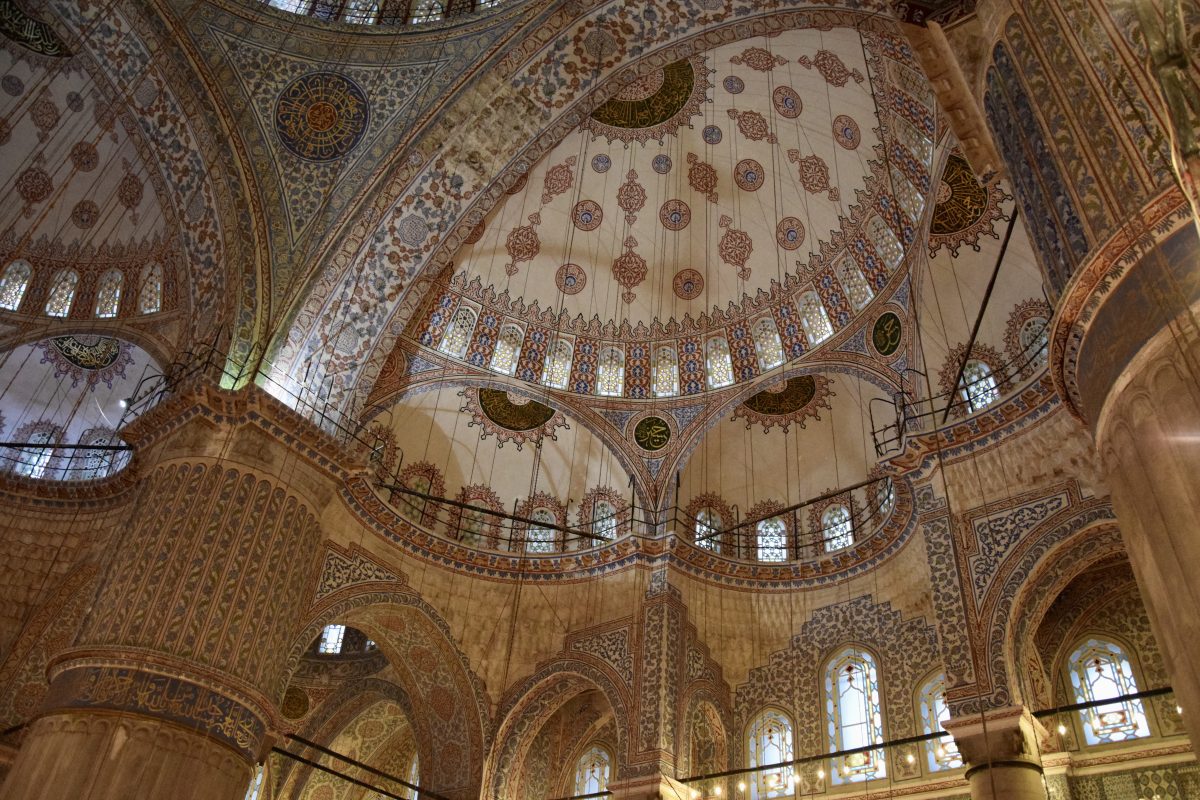New research identifies a strong fixation on the Western canon in Wikipedia’s coverage of visual arts, but offers ways towards a more truly global perspective.
If you were asked to name artworks or artists, how many would be non-Western? You might visit the free encyclopedia Wikipedia to support your search; after all 1.7 billion visitors per month do just this. However, new research highlights that even with Wikipedia’s approach – ensuring anyone can edit and add content – there is still a bias towards Western artworks and artists.
Artist and scholar Waqas Ahmed and veteran Wikipedian Dr. Martin Poulter were well-placed to investigate Wikipedia’s perspective on the visual arts. For example, they observed with the English language version of Wikipedia, “its ‘List of sculptors’ is 99% Western, ‘List of painters by nationality’ is around 75% European and its ‘List of contemporary visual artists’ is 80% European”. They probed whether this was just a problem with those articles, or just with the English language Wikipedia. “There appears to be a systemic cultural bias against non-Western visual art and artists across all Wikipedia platforms and in various languages”, Ahmed says. “We hope that this research will remind people that the Western artistic canon is but one of many worldwide – each deserving respect and appreciation on its own terms.”
With a commitment to identifying and overcoming barriers to diversity online, Wikimedia UK, the national charity for the Wikimedia open knowledge movement, funded the research. Director of Programmes and Evaluation Daria Cybulska says “The vision of the Wikimedia movement has always been ‘a world in which every single human being can freely share in the sum of all knowledge.’ In recent years, we began more critically examining what that means, and what are the repercussions of existing biases and gaps in content on Wikipedia. Some biases on Wikipedia are better known than others – and this research shines a new light on cultural biases, and what can be done about them.”
The researchers measured the coverage of visual arts across the hundreds of different language versions of Wikipedia. They compared 100 artists from the Western canon to 100 significant artists from other cultures. Poulter pointed out that “Even equal coverage of the Western artists and the artists from all of the rest of the world would still be a pro-Western bias, because Europe is just one sixth of the world.” The research found that on average Wikipedia coverage was seven times greater for artists in the Western canon than for their non-Western counterparts.
One example compared the coverage of The Sistine Chapel in the Vatican and the Sultan Ahmed Mosque (Blue Mosque) in Istanbul. Both places of worship receive approximately 5 million visitors each per year, and have enormous cultural and artistic importance. Whilst both Michelangelo and Syed Kasim Gubari are considered geniuses within their respective cultures, Michelangelo’s Wikipedia articles total over 440 times greater length than Gubari and the Blue Mosque Ceiling does not have a single entry across the Wikimedia projects.
Past research has identified geographical biases and a gender gap on Wikipedia, where a small (but growing) minority of biographies are about women. This new research demonstrates and measures a specifically cultural bias. Ahmed and Poulter suggest we can all play our part through extending the coverage of art and artists outside the Western canon. For individual wiki contributors, this can involve creating, translating, or extending articles. Cultural institutions can help by sharing their knowledge and images.
As the research states “societal biases have a long and well-documented history, rooted in systems of hegemony and oppression like imperialism.” These biases inevitably shape narratives online and are reinforced through echo chambers. The first step to creating an online world which truly reflects global cultures and histories is the awareness that we are far from there – yet.
The research paper is currently undergoing peer review but can be freely accessed as a pre-print through preprints.org.






